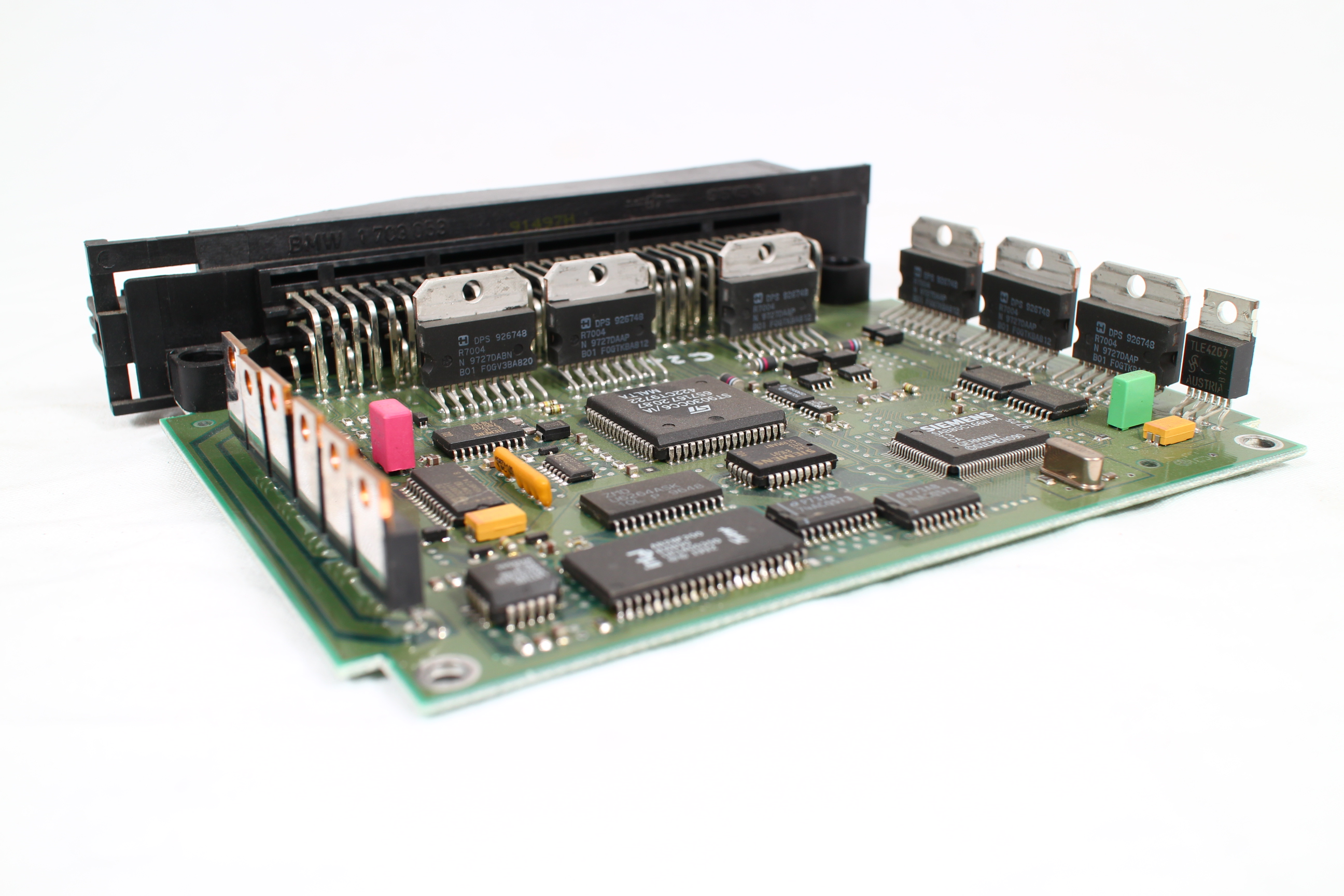The purpose of the differential is to allow two wheels to turn at different speeds while coupled to one shaft.
With the two sides coupled and no speed differential possible, as in a “locked” or “spool” or “welded” differential, the drive power when turning is substantially higher as slip is required on one side or the other. Likewise, steering is compromised as the vehicle will want to continue straight, and in worse case scenario, steer wheel slip occurring before drive wheel slip will make that so.
The open differential allows the outside and inside wheels to turn at different speeds, and any speed so long as the sum of the two speeds is a constant. The open differential also equally divides the torque between the two wheels, but if one wheel slips, twice the torque will be available to the slipping wheel. That the wheel that gets more torque is always the slower wheel, the slower wheel is always the inside wheel, and the inside wheel is always the least loaded wheel, is one of the reasons the open differential is not an ideal solution for a performance application.
Most differentials of the “limited slip” variety fall somewhere between an open differential and a locked differential.
The various methods include Viscous, Torsen, and Salisbury, with a few that are variations on those themes.
Viscous differentials use a high viscosity fluid in a special “clutch” that has tight tolerances but without actual contact. Unlike most oils which reduce viscosity with temperature, the oil used in a viscous LSD general increases viscosity with temperature. The higher viscosity fluid creates more drag (which increases further with additional drag and temperature) between the plates. That drag between plates is drag between the two sides of the outputs. The advantage to this design is that the “wear” component is the fluid. In conventional cornering, the differential will act as an open unit. With wheel spin events, the slip creates heat which creates the lockup, but that is a relatively slow process. This time lag, and variability in lockup with unit temperature as well, makes tuning a differential like this for track use difficult.
Torsen differentials use helical gears with spur gears instead of the spider gears found in an open differential. This differential also can act like an open differential at zero load or light load. The gear meshes are loaded by input torque, and with sufficient torque, the two sides are essentially locked. How “locked” and at what input torque, is a function of the design itself, and cannot be varied easily. Lockup follows input torque, thus more torque is more lockup, which may or may not fit the speed/gear/turn radius of your particular track. Lower gears / lower speeds means more input torque available, but often when at lower speeds, it is because of a tighter turn. More lockup in a tighter turn can be a disadvantage, and not enough lockup in high speed turns can also be a disadvantage. Finding the right balance is critical.
Salisbury differentials use clutch packs, spider gears, and ramps. The spider gears sit on shafts in “ramps”. As input torque is applied, the spider gears on those shafts are turned, and the shaft spreads the ramps. The ramps load clutches, which can progressively lock the output shafts together. The variables in this type of differential are many. Preload can be varied, and controls “unloaded” lockup. Bias ratio can be changed by changing the ramp angles. Load sensitivity can be changed by changing the number of clutch plates.
With the ramp angles variable, you can greatly vary the effect. Near 90 degrees, and no lockup will occur with input torque. Near 0 degrees and full lockup will occur with little input torque. Those ramp angles can be varied by direction as well, so different acceleration ramps and deceleration ramps are possible. Preload is adjustable, and as the name indicates, is the “lock” between the shafts at zero input torque load. The level of adjustability in this differential is why it is a standard for use in race applications.








You must be logged in to post a comment.